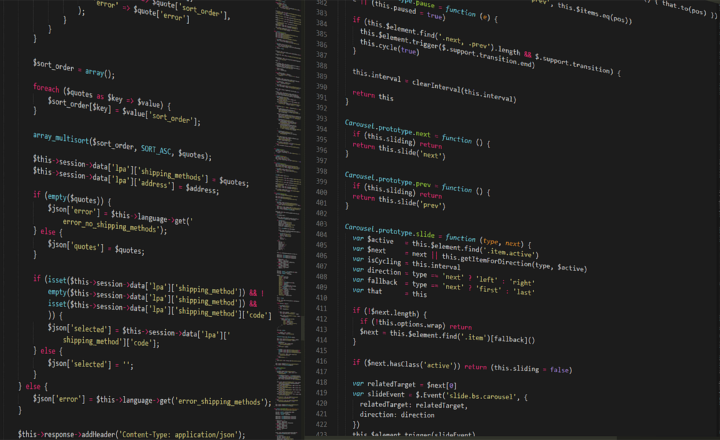The Most Mysterious Ancient Texts That Have Yet to Be Deciphered and What They Might Reveal
November 17, 2024

Throughout history, humanity has collected various texts that offer insights into past civilizations, cultures, and philosophies. However, some ancient manuscripts remain shrouded in mystery, their meanings eluding scholars and linguists despite the best efforts of decades or even centuries of research. This article delves into the most enigmatic ancient texts that have yet to be deciphered, exploring their contexts, the theories surrounding them, and what they might reveal about our world and the civilizations that produced them.
1. The Voynich Manuscript: A Linguistic Puzzle
The Voynich Manuscript, discovered in 1912, is one of the most famous unsolved texts in the world. This illustrated codex, dating back to the early 15th century, is written in an unknown script and language, comprising over 200 pages filled with bizarre botanical drawings, astronomical diagrams, and mysterious human figures engaging in apparently ritualistic activities.
Despite the tireless efforts of cryptographers and linguists, the text’s language has resisted all attempts at translation. Some theories suggest that it might be a constructed language or an elaborate hoax, while others argue that it contains real information coded in an indecipherable way. Recent advances in pattern recognition and artificial intelligence have hinted at new approaches to understanding its contents, sparking hope that this mystery may someday be unraveled.
2. The Phaistos Disc: A Symbolic Enigma
Discovered on the island of Crete in 1908, the Phaistos Disc is a clay disc inscribed with symbols that have baffled scholars since its discovery. Dated to the mid-second millennium BCE, the disc features over 200 symbols arranged in a spiral pattern, yet its purpose and meaning remain unknown.
Theories abound regarding the nature of the inscription. Some suggest it could be an ancient form of writing, while others posit that it might represent an early language used for ceremonial or artistic purposes. The fact that no other similar artifacts have been found exacerbates the mystery, leaving many to speculate about the civilization that created it and its significance in the ancient world.
3. The Rongorongo Tablets: The Lost Language of Easter Island
Rongorongo is a system of glyphs found on Easter Island, composed of several wooden tablets covered in intricate carvings. Despite being recorded in the 19th century, the script has not yet been successfully deciphered. Scholars believe it may contain historical narratives or religious texts, offering a glimpse into the Rapa Nui culture before its decline.
The tablets are unique as they appear to contain both pictorial and symbolic elements, yet various competing theories suggest they may not represent a coherent language at all. Today, researchers continue to investigate the possibility of unlocking Rongorongo’s secrets, which could change our understanding of the island’s past.
4. The Linear A Script: An Ancient Minoan Language
Linear A is an ancient script used by the Minoans, one of the earliest known civilizations in Europe. Dating back to around 1800-1450 BCE, Linear A remains largely undeciphered and is primarily found on clay tablets, pottery, and seals. Scholars have managed to partially decode Linear B, another script used by the Mycenaeans, but Linear A remains elusive.
There are several competing theories regarding its contents, with some suggesting it documents economic transactions, while others postulate that it may record religious or administrative texts. Understanding Linear A could provide crucial insights into Minoan society, including their trade networks, religious beliefs, and interactions with neighboring cultures.
5. The Etruscan Texts: Unveiling a Lost Civilization
The Etruscans were a civilization that flourished in ancient Italy before the rise of Rome, and despite their rich artistic and cultural legacy, their written language largely remains undeciphered. Etruscan texts have been found in various forms, including inscriptions on tombs, pottery, and other artifacts. Though some Etruscan words have been identified, the overall grammar and syntax of the language remain largely obscure.
The Etruscans played a significant role in the development of early Roman culture, and deciphering their texts could illuminate key aspects of their civilization, including political structures, religious practices, and everyday life.
6. The Disc of Solomon: The Royal Code
The Disc of Solomon is a claim to a biblical artifact linked to King Solomon, though its authenticity and origins remain subjects of debate. Supposedly covered in unknown symbols, this disc is said to contain secrets of wealth, power, and wisdom, and its contents have led to legends and speculation about lost wisdom and esoteric knowledge. Although many have tried to interpret its language, success has been elusive, leaving room for scholarly conjecture.
Some believe it could be an antiquity related to Judeo-Christian texts, while others claim it to be a mysterious byproduct of ancient tribal traditions. Should the real contents ever be decoded, it promises to unveil much about a significant historical and spiritual figure.
Conclusion: The Quest to Decode the Unsolvable
The enduring allure of these undeciphered texts continues to captivate historians, linguists, and amateur enthusiasts alike. Each artifact not only encapsulates the genius of its creators but also serves as a reminder of the limitations of modern scholarship. As technology continues to advance, the hope remains that new methods may surface to unlock the linguistic treasures within these ancient texts.
Ultimately, deciphering these mysterious ancient scripts could provide invaluable insights. They might reconstruct lost worlds, deepen our understanding of early languages, and solve puzzles that have persisted across centuries.
With every attempt that brings us closer to understanding, these texts encapsulate the adventure of human history itself, urging us to continue the journey into the past, unraveling the threads of forgotten knowledge and culture.








